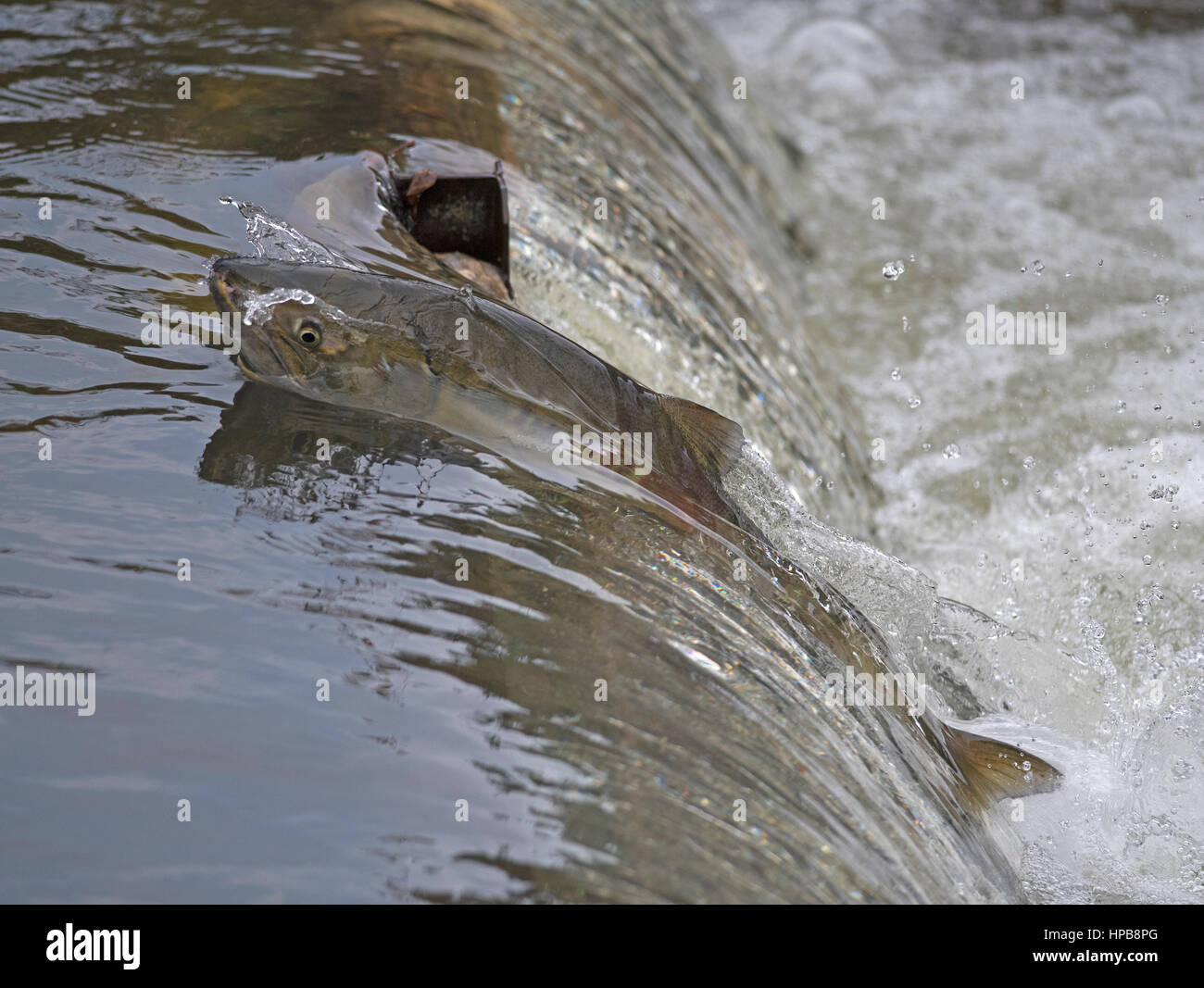

This is reflective of our habitat in Willapa Bay’s 745 salmon-bearing streams, with 1470 miles of salmon habitat. Historically chum salmon were the most dominant in Willapa Bay, 65% of the total run. The protection and restoration of estuarine and nearshore habitats were also cited as major ecoregional recovery goals in the Pacific Northwest Coast Ecoregional Assessment (TNC and WDFW 2006), the Northern Pacific Coast Regional Shorebird Management Plan (Drut and Buchanan 2000), and Pacific Marine and Estuarine Fish Habitat Partnership Strategic Framework 2012–2017 (PMEP 2012). The removal of existing dikes and re-establishment of estuarine rearing habitat for juvenile salmonids was identified as a high priority in the Pacific County (WRIA 24) Strategic Salmon Recovery Plan (Applied Environmental Services 2001). The salmon recovery strategies of each of the Lead Entity groups in the Coast Region make it clear that problems for salmon caused by shoreline modification, such as diking and armoring, are top priorities to address (WCSSP 2012).

Estuarine wetland loss has been particularly extensive in the Bear River estuary, primarily due to diking and draining of shallow water nearshore areas. This represents a 64% loss of estuarine wetlands (Coastal Resources Alliance 2007). When non-Indian settlers first arrived in the region, Willapa Bay comprised 14,620 acres of saltwater wetlands. This 500-acre restoration supports local watershed and salmon recovery efforts, migratory bird management and helps to increase the resiliency of Willapa Bay to sea-level rise. The goal of the Bear River Estuary Restoration was to rebuild a healthy, functioning natural estuary for anadromous fish including chum, coho, and Chinook salmon and cutthroat trout migratory waterfowl and shorebirds and to contribute to the overall health of Willapa Bay.


 0 kommentar(er)
0 kommentar(er)
